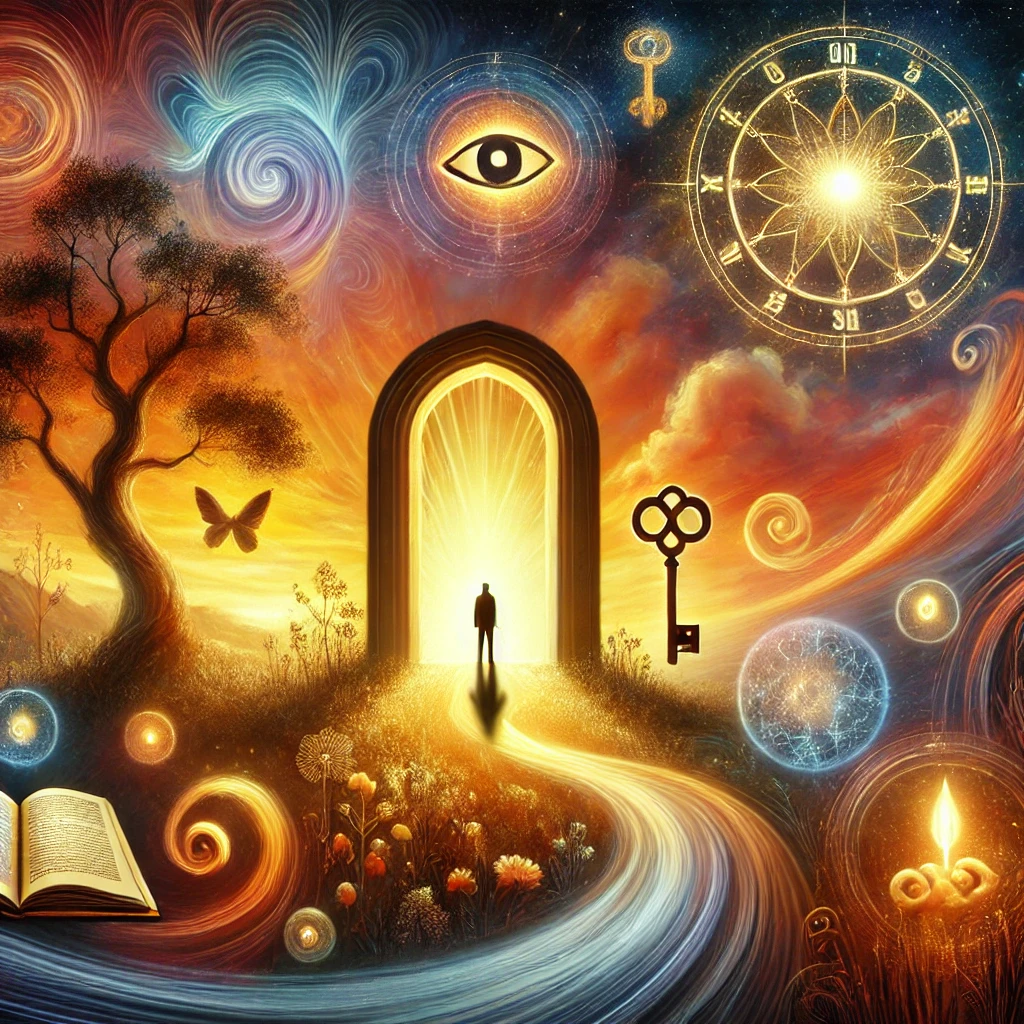
James Hollis is one of the most insightful voices in depth psychology, known for his ability to bridge Jungian thought with contemporary life. In The Archetypal Imagination, Hollis explores how the deep, universal symbols of the psyche shape human experience, inviting readers to engage with the mythic dimensions of their lives. This book is both a philosophical meditation and a practical guide to working with archetypes, emphasizing their role in personal growth, creativity, and meaning making.
Engaging with the Unseen
At the heart of The Archetypal Imagination is the idea that archetypes are not mere abstractions or intellectual curiosities but living forces that influence our perceptions, emotions, and behaviours. Hollis argues that these archetypal energies are the foundation of both our personal struggles and our creative potential. Unlike some Jungian scholars who focus on typologies or dream analysis, Hollis is more concerned with how archetypes animate our daily lives, often operating outside of conscious awareness.
He illustrates this with a wide array of references—from literature and mythology to personal anecdotes—showing how we are always in dialogue with the archetypal world, whether we recognize it or not. The book challenges the reader to question where these deep patterns are at work in their own life, shaping relationships, career choices, and even spiritual development.
Myth, Meaning, and the Modern World
One of the book’s strengths is its insistence that modern individuals are not exempt from archetypal influences simply because they live in a secular, rational age. If anything, Hollis suggests that the loss of a mythic perspective has left many feeling unmoored, disconnected from the deeper sources of meaning. He calls for a renewal of imagination—not as an escape from reality, but as a way to see reality more clearly.
Hollis’s writing is at times poetic yet grounded. He does not present archetypal work as a purely mystical or esoteric practice but as an essential part of psychological wholeness. He speaks directly to the struggles of modern individuals, offering a Jungian lens through which to reinterpret midlife crises, creative blocks, and existential doubt.
A Book for Seekers
Readers familiar with Hollis’s other works, such as The Middle Passage or Finding Meaning in the Second Half of Life, will find The Archetypal Imagination to be a natural extension of his exploration into depth psychology. However, this book is less about midlife transitions and more about cultivating a way of seeing—one that allows the individual to engage with myth, metaphor, and symbol as guiding forces.
For those new to Jungian thought, The Archetypal Imagination might be a challenging read. Hollis does not simplify or water down his ideas, and he assumes a certain level of familiarity with Jungian concepts. That said, for those willing to engage with its depth, the book offers a powerful reframing of how we experience the world.
Final Thoughts
The Archetypal Imagination is a rich, thought-provoking book that invites readers to expand their perception of reality. Hollis offers no quick fixes or formulas but instead encourages a lifelong engagement with the deeper currents of the psyche. His work is an invaluable resource for those drawn to Jungian psychology, mythology, and the search for meaning beyond the surface of everyday life.
If you are looking for a book that will shift the way you see the world—not through rigid theory but through an unfolding dialogue with the archetypal—this is a must.
